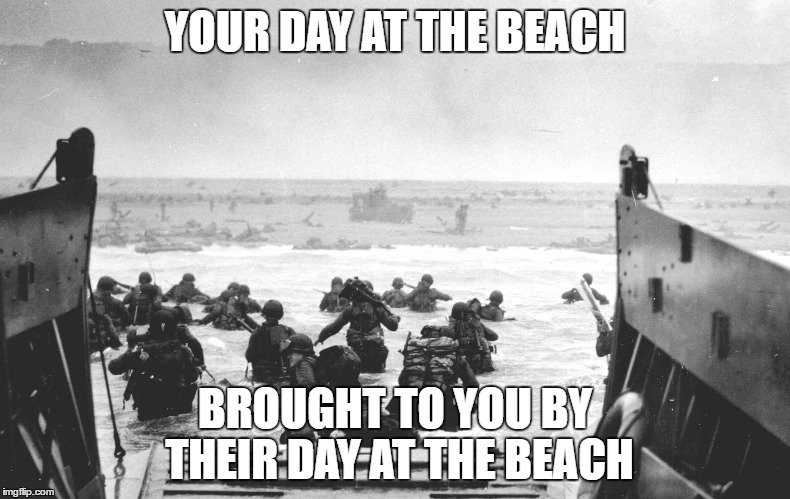Category: Hard Nosed Folks Both Good & Bad
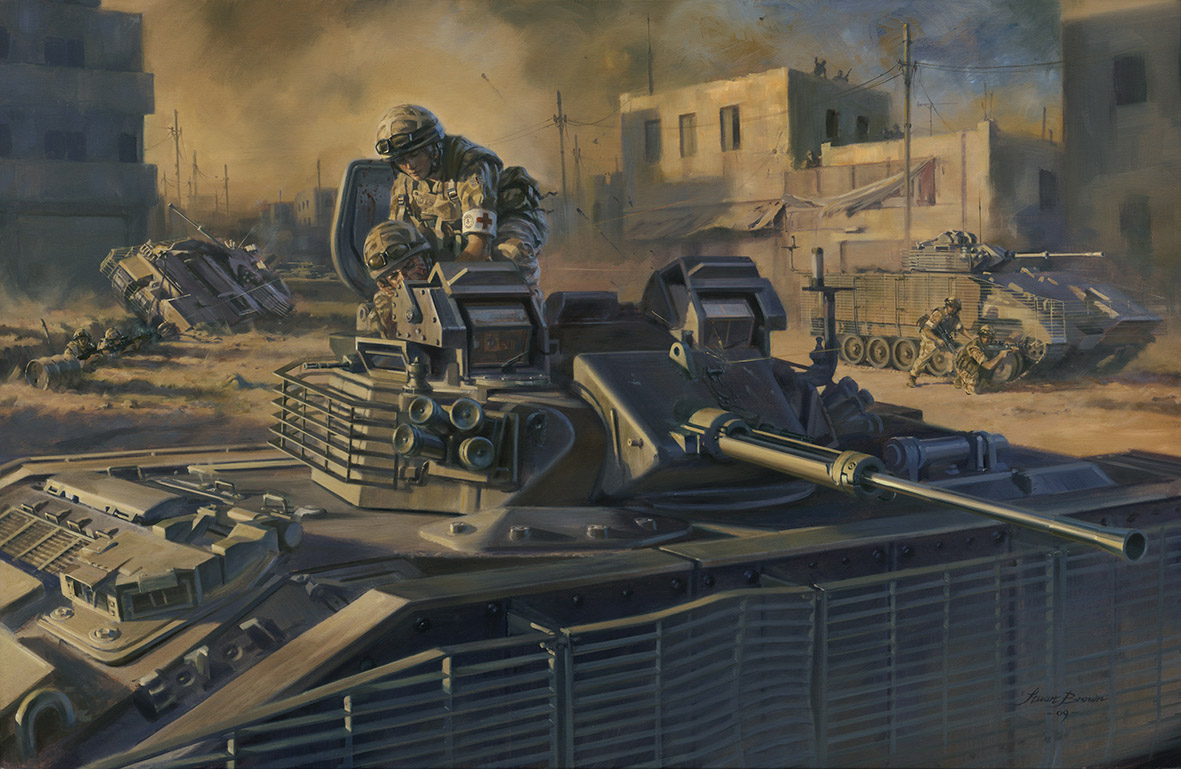
‘At just 19 years of age and having only recently completed basic training, Private Michelle Norris was deployed as a medical orderly with The Queen’s Royal Hussars Battle Group in Al Amarah, Southern Iraq. 11 June 2006 saw the largest and most intense battle in Iraq since 2004. A search operation in Al Amarah turned into a war fighting engagement when her Company Group came under heavy, accurate and sustained attack from a well organised enemy force of over 200.
During the heaviest of the fighting the company commander’s group came under accurate sniper fire and the commander of the Warrior carrying Private Norris was shot in the face and seriously injured. Private Norris realised the severity of the situation immediately and without thought or care for her own personal safety, she dismounted and climbed onto the top of the Warrior to administer life saving first aid to the casualty. On seeing her on the top of the Warrior the sniper opened fire again, firing a further three rounds at her, one hitting the radio mounted on the side of the turret inches from her leg. Despite this she continued to administer first aid through the commander’s hatch to the casualty until the gunner pulled her into the turret for her own safety.
Despite the very real risks from sniper fire, heavy small arms fire and rocket propelled grenade she deliberately ignored the danger to her own life in order to administer live saving first aid to the commander of the vehicle. Private Norris’s actions on 11 June were extremely courageous and outstandingly brave and have rightly earned her the Military Cross for actions to save the life of a comrade when under fire.’
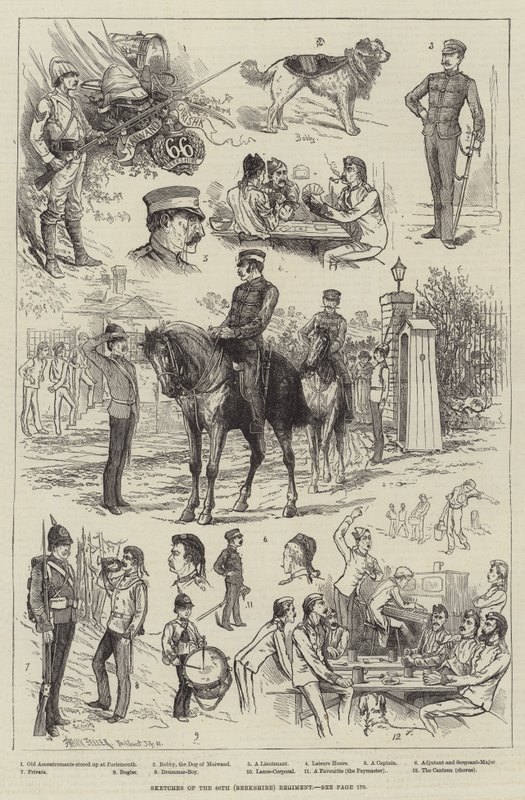


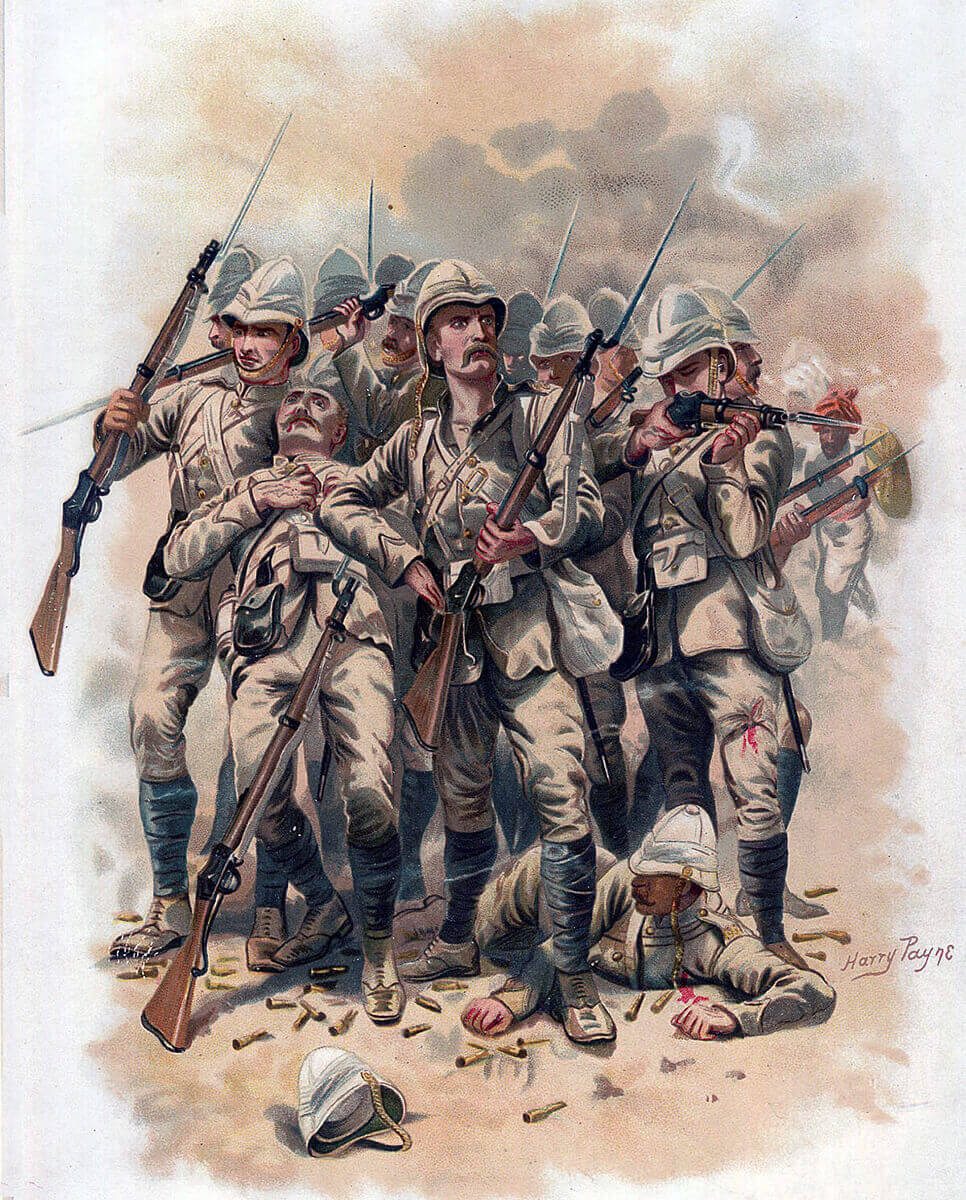

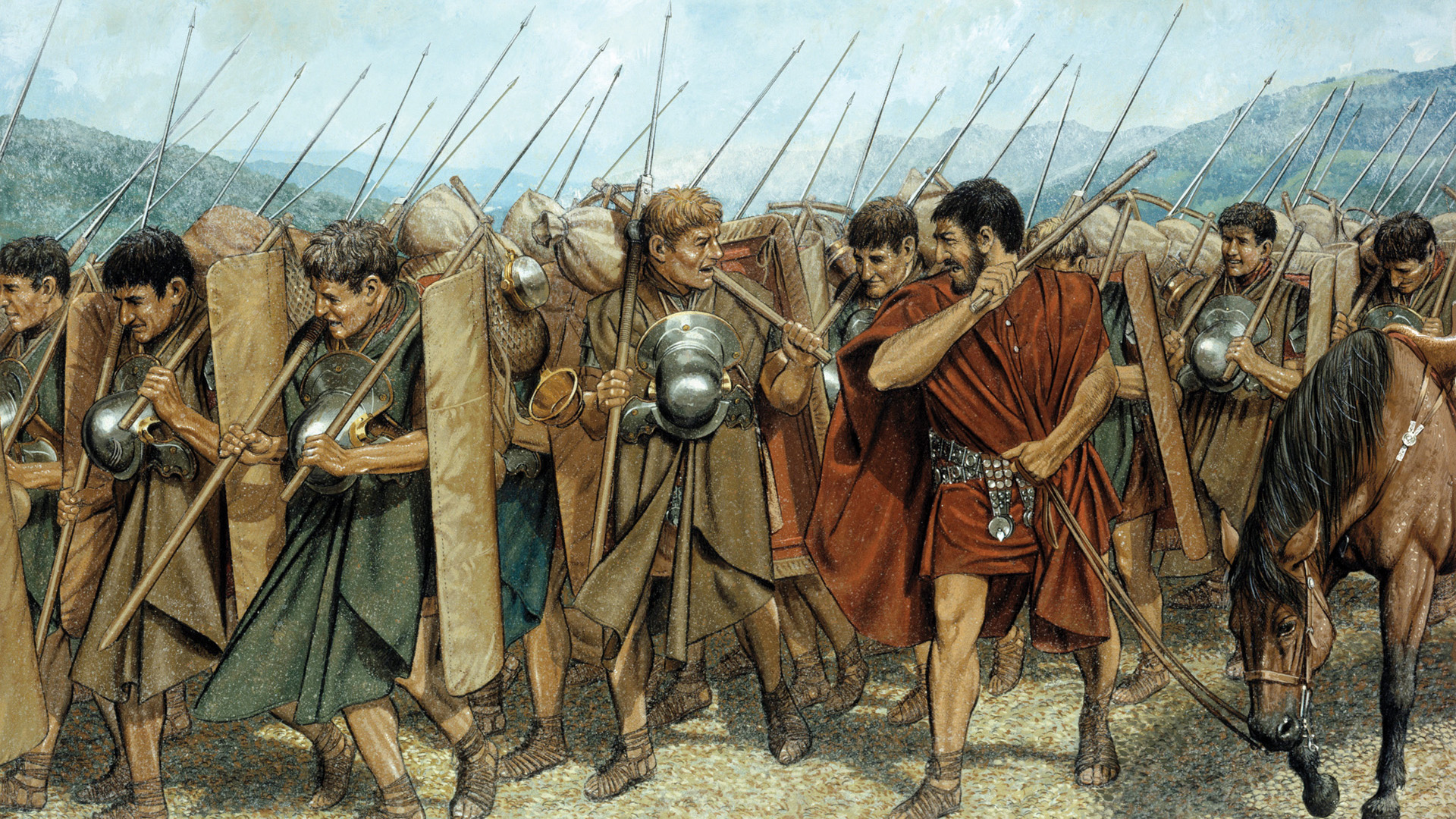

This week I got a nice email from a hospital that happened to be near my house, and the guy was basically like, “hey, shit is pretty bad right now, we need an inspirational story about a badass last stand against impossible odds.”
Now, sure, I’ve got plenty of those, but with everything going down right now and you guys basically risking your lives every day to serve as the only line of defense against the impending collapse of global society, I figured it was the least I could do to sit here in my nice chill quarantine drinking a beer in my pajamas at eight AM on a Friday and hammering out the story of what I believe to be the most badass last stand I haven’t yet featured on the site.
Truly an heroic move on my part, I know, but let’s hold off on the parade until after we’ve survived the post-apocalypse.
Everyone by know should be at least rudimentarily familiar with the story of Pearl Harbor (I mean, they did make a Michael Bay movie about it), but while the Japanese were whipping torpedoes at US battleships in the Pacific.
They were also storming across Southeast Asian sneak-attacking the balls off the Brits and Commonwealth forces as well – within a few months of Pearl Harbor, the Japanese attacked and captured Hong Kong, Singapore, Malaysia, Burma (present-day Myanmar), and Papua New Guinea, and they even sent bombers and Zeroes on strafing runs of bases along the Australian coast.
The last thing the Brits expected to come running out of the jungles of Vietnam were a bunch of super pissed dudes with samurai swords slashing the faces off of anything that didn’t realize how awesome the Emperor was, and for the next several weeks the Commonwealth forces fought a desperate rear-guard action during a brutal thousand-mile fighting withdrawal back to British-controlled India.
But the Japanese weren’t done stomping ass just yet – they had much bigger aspirations. They were going to take India from the English.
The reasoning here is legit – they were like, hey, the English have been colonial oppressors of the Indian subcontinent for a couple centuries at this point, and there was a big growing movement throughout the country for Indian independence.
So, with the last remnants of the British Southeast Asia Command digging in along the border, all Japan needed to do was to smash these guys’ balls, seize a big victory, and spear into India, and the Indian people would rise up and turn on the Brits, throwing them out of Asia for good.
I mean, who knows if this would have worked (I can’t really envision Gandhi being happy with trading British dominion for Japanese Emperor-worship), but my general feel of things is that the Japanese weren’t super warm and fuzzy to the nations they conquered and my guess is that the people of India would rather have played cricket while drinking afternoon tea than had their heads chopped off by katanas, so there’s that.

Surveying defenses at Kohima.
The British line was anchored on a city called Imphal, which was easily resupplied by an airstrip a few miles deeper into India that served as a landing zone for resupply flights coming over the Himalayas from China.
The road that connected the depot to the city was one of those windy terrifying death trails that twisted and turned along switchbacks through miles of super-dense jungle – one of those things where you have to charter a tour bus to drive through it and you spend the entire trip convinced that your janky-ass 1980s Isuzu is going to roll off a cliff face at any moment and send everyone careening to a fiery death hundreds of feet below.
The road was anchored at a small town called Kohima, which was garrisoned by a tiny group of Commonwealth troops, most of them admins, supply, and logistics guys who did their best work with a socket wrench or a ball-point pen and hadn’t picked up a rifle since basic training.
There was also a small hospital there, where sick and wounded men could recover, but basically this tiny little hilltop town was just a glorified truck stop along the road from the supply depot to the front lines at Imphal.
It was tiny, in the middle of thick jungle, and there was NO WAY ANYTHING BAD WOULD HAPPEN HERE GUYS if you haven’t seen where I’m going with this yet, so, naturally, when it came time to build up defenses against the impending onslaught of hundreds of thousands of badass Japanese soldiers, the British concentrated on fortifying Imphal and didn’t bother reinforcing positions at Kohima.
Then they received intel that Japanese forces were somehow traversing the impenetrable jungle on a sweeping maneuver towards Imphal, and that the men of the General Sato’s 31st Division had not only managed to storm 160 miles through ultra-dense jungle in just two weeks, but that they’d also somehow dragged a bunch of big-ass artillery pieces with them, and now they were poised to strike Kohima and cut off the only road connecting Imphal to its resupply lines.
All that stood in their way was a small group of British, Indian, and Nepalese soldiers under the command of Colonel Hugh Richards.

Bren gun teams digging in.
Colonel Richards arrived in Kohima on March 22, 1944 – exactly 77 years ago this weekend. Richards was a 50 year-old career soldier who had joined up with the Worcestershire Regiment decades ago, served as the XO of the West Yorkshires for three years, and had recently been commanding the 3rd West African (a unit of Chindits who were doing badass jungle warfare commando shit deep behind enemy lines).
But got kicked out when his commander found out that Richards had lied about his age and was actually 10 years older than the max age for that unit. Which is pretty badass, honestly.
When Richards arrived, he assessed his situation, and it didn’t look good. He had 2,500 troops at his command, but only about 1500 of them had been trained in Infantry… and they were facing an estimated force of 15,000 battle-hardened, veteran soldiers from the Japanese 31st Division.
Outnumbered ten to one, with less than a week to prepare his defenses, Richards’ job got even more difficult because he was only the military commander and didn’t have command over the administration of Kohima – meaning that his would-be defenders were being cycled in and out of the supply depot without his approval or knowledge, and, in his words, “the size of the Box, the number of troops available to hold it, and the facilities required were therefore almost impossible to compute”.
He had no barbed wire, very little water, minimal medical supplies, and just a week to dig in to a fortified position at a place he’d only just visited that morning and then defend it against an entire Division of war-forged veterans.
When the word finally came on March 29th that the Japanese had cut off all roads to Kohima and surrounded the city, Col. Richards had at his command about 1500 guys – 446 men from the 4th Battalion of the Queen’s Own Royal West Kent Regiment, 260 veterans from the Assam Rifles (most of them wounded and exhausted from weeks of fighting), a detachment of soldiers from the 161st Indian Brigade, an Indian mountain artillery battery, and two companies of Gurkhas, all tasked with defending 36 square miles of ground against six damn battalions of Japanese infantry with full artillery support for an unknown amount of time, with minimal possibility of resupply or reinforcement.
These pamphlets were air-dropped to the defenders at Kohima by the Japanese.
The first attack came at dusk. Supported by thundering artillery and mortar fire from unseen positions deep in the jungle, the men of the 31st Division charged forward from the jungle, firing and screaming towards the hastily-constructed defenses.
The men of the West Kents and the 161st Brigade, had orders to wait until the enemy was 30 meters out before opening up, thumping the Bren guns and Enfields into the jungle in a desperate attempt to slow this massive onslaught.
Fire poured into the Japanese lines, yet on they came, rushing and diving into British trenches and devolving the combat into brutal fighting with fists, knives, swords, and shovels. From his command post, Colonel Richards did his best to coordinate his defenses, aided in no small part by a team of Sikh linesmen who spent most of the battle running into artillery fire to repair damaged radio wires, but the situation was grim from the very beginning – at one point, Richards had to reinforce a collapsing flank by sending out an assault team consisting of seventeen mule drivers and a handful of admins because that was all he could commit to a counter-attack.
The fighting was brutal – as one historian put it, “nowhere in World War II—even on the Eastern Front—did the combatants fight with more mindless savagery” – but when dawn arose, the Brits had held the line.
Now they just had to hold out for 17 more nights of basically the exact same thing, and do it without any additional food, water, medical supplies, or ammunition.
Combat raged for weeks in much the same way. During the day, the Japanese would shell the beleaguered defenders relentlessly with huge-caliber explosive shells that rocked the earth and blasted away defenses, and at night the Japanese Banzai wave attacks would surge out of the jungle and tracer fire would chew up earth and people on both sides.
British guns from the Indian Mountain Artillery would be called in at danger close ranges, sometimes hitting targets less than 30 meters from the Commonwealth front lines, then reposition before dawn so they wouldn’t be easy targets for the bigger Japanese guns.
Over the ensuing hours and days the British box began collapsing, as the Commonwealth troops suffered severe losses and slowly consolidated their positions back towards the Governor’s Mansion atop the 5,000-foot-tall hill in the center of Kohima.
The Japanese surged on, fighting uphill through murderous fields of bullets, until at one point both the West Kents and the 31st Division were dug into trenches on opposite sides of the Governor’s tennis court – in lines so close to one another that you could literally chuck a grenade from your trench into the enemy trenches.
One Brit later wrote that “it was the nearest approach to a snowball fight that could have been imagined,” which sounds kind of cute and funny until you realize that each snowball in this metaphor is a damn frag grenade packed with half a pound of TNT and capable of blowing your leg off from a couple meters away. 
Sure.
The heroes of this battle are legion, but as the commanding officer it was Colonel Richards’ job to deploy his troops in the defense and keep up their morale, so during the entire length of the battle he would make personal daily tours of the battlefield every morning – and, in true British Officer fashion, he would Kilgore it and just walk around all calm and confident even though artillery shells were blowing up mere meters from him and sniper fire was whizzing over everyone’s head pretty much constantly.
He was, according to his men, “a good British officer, walking about, looking unafraid… [he was] under strain, but understanding, considerate, never rattled, often laughing and joking under fire,” and when they saw him his troops would call out to him, “Come on sir, you’re winning!’.
But as the battle dragged on, things got way worse and the enemy became more ferocious and desperate. The Japanese had made their incredible march through the jungle primary by ditching their baggage train and most of their gear in exchange for speed, with the hopes that they’d be able to crush this force 1/10th their size and steal all the good shit stashed at Kohima, but as the defenders held out the Japanese got lower and lower on critical things like food and ammunition.
And, for the defenders, without any sign of reinforcement on the way, they were down to rations of a half-cup of water per man per day, which is like not enough for a regular person who is sitting around being a fat bastard in quarantine and certainly isn’t enough for a dude who is pulling a trigger, reloading, lobbing grenades and running around for eighteen hours a day.

On the Japanese came, charging with rifle butts, samurai swords, and anything else they could manage. The British lines continued to collapse, the enemy getting so close now that men in the medical tents were getting shot to death while they were being operated on.
Nearly every British soldier had been wounded, and those too messed-up to continue fighting simply laid in a stretcher in the tent, with their rifles by their side and a single .303 round in the chamber to ensure they wouldn’t become prisoners of an enemy that was notoriously not great about the treatment of their POWs.
On the “Black Thirteenth,” April 13, the hope of these heroic defenders was crushed when a British air supply run of C-47s missed the (admittedly incredibly tiny) drop zone and parachuted crates of artillery shells, white phosphorous, food, grenades, and bullets directly into enemy lines. The Japanese taunted the Brits with it, loaded it into some artillery pieces they’d captured, and planted a HE shell directly into the British Medical Tent, killing dozens of doctors, medics, and patients.
Colonel Hugh Richards, who by now was fighting on the front lines with an Enfield in his hands, radioed British HQ. He said that Kohima had two more days, maximum, but that they were going to fight this battle “to the last man, with the last round.”
It would be five days before British troops would break through the siege to reinforce Kohima.
Surveying the bombed-out hillside of Kohima.
On the morning of April 18th, 1944, Hawker Hurricane fighter-bombers screamed in above the treetops dropping ordinance onto enemy positions and the first tanks and infantry of the Commonwealth First Punjabi Regiment marched up the road to Kohima.
When they arrived, they found Colonel Richards and the battered survivors of Kohima huddled into a defensive perimeter just 3700 square feet wide – about the size of a really nice house. They hadn’t slept in days, and were starving, exhausted, and out of ammunition… as one observer put it, “they looked like aged, bloodstained scarecrows, dropping with fatigue; the only clean thing about them was their weapons, and they smelt of blood, sweat and death.”
During the ferocious battle the night before, the Japanese had broken through the final lines of defense, and ferocious hand-hand-combat had raged through the rooms of the Governor’s Mansion and the surrounding buildings as the West Kents, Indians, Gurkhas, and Japanese locked blades in brutal sword and knife-fights.
The Battle of Kohima would go on for another month and a half, with plenty of back-and-forth along the way, but Colonel Richards, the Assam Rifles, the West Kents, the Mountain Battery and the rest of the heroic defenders of Kohima had held the line and broken the wave of the Japanese onslaught through Southeast Asia.
In a battle that went on concurrently with the D-Day invasion of Normandy and got lost a bit in the shuffle of that massive encounter, the heroes of the Commonwealth had won a huge victory and begun a turning point that would push the Japanese back out of Burma, Southeast Asia, and southern China and break their power in Asia for good.
It was the turning point of the war for Asia, fought over a tennis court by desperate, starving heroes, and one of the most decisive and important moments of World War II.
This memorial stands on the battlefield of Kohima, where Colonel Hugh Richards and his men held the line against impossible odds.
(He left the British Army as Brigadier Hugh Richards, CBE, DSO
